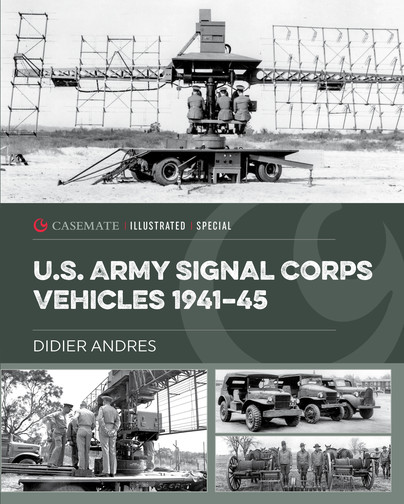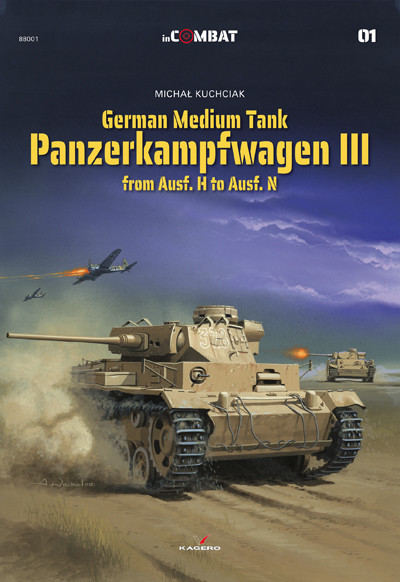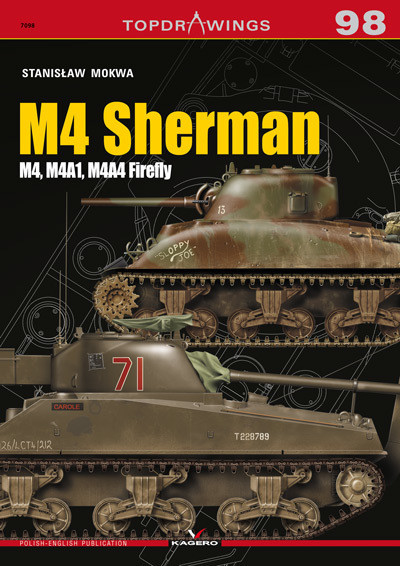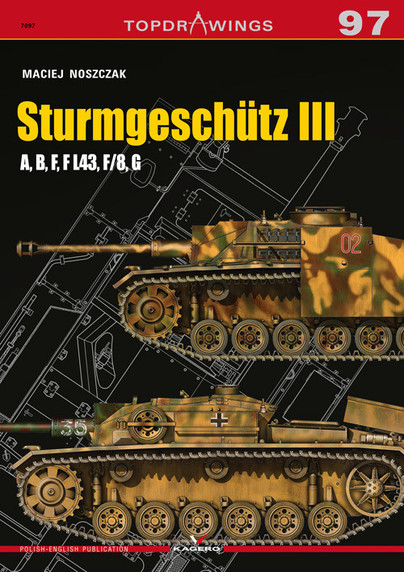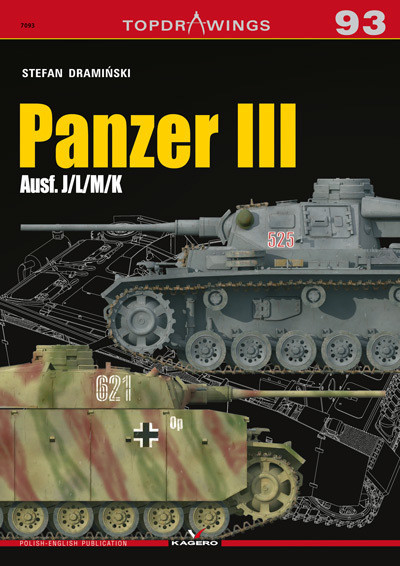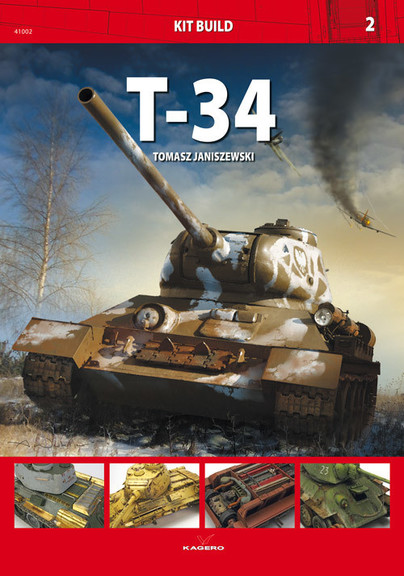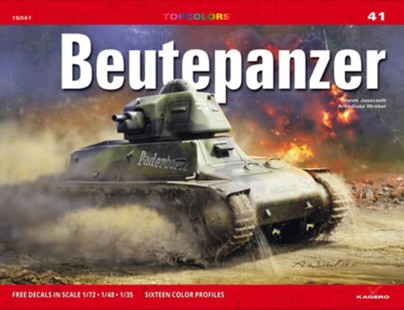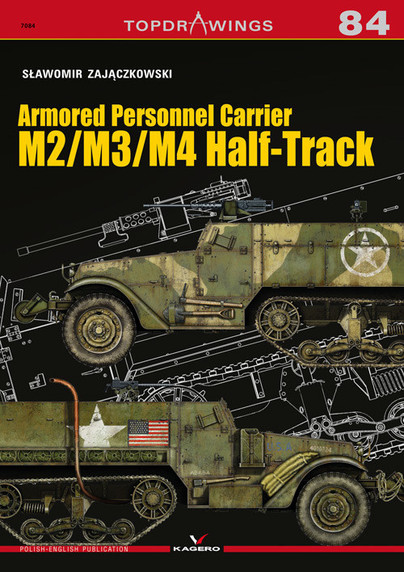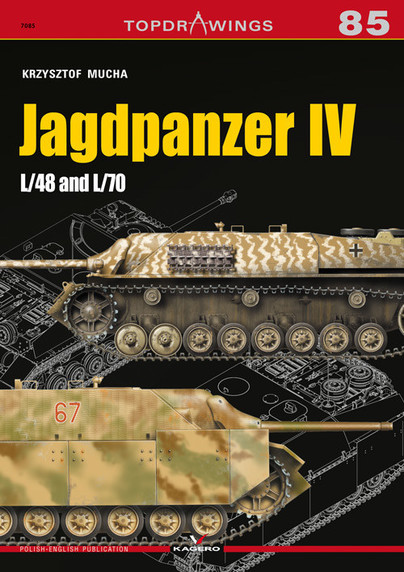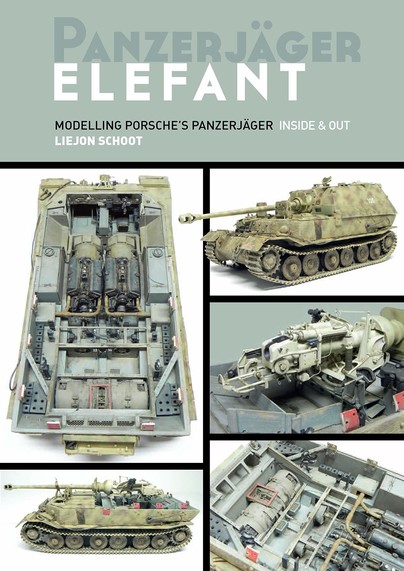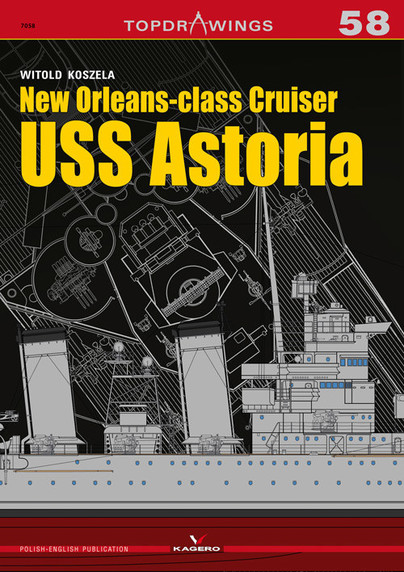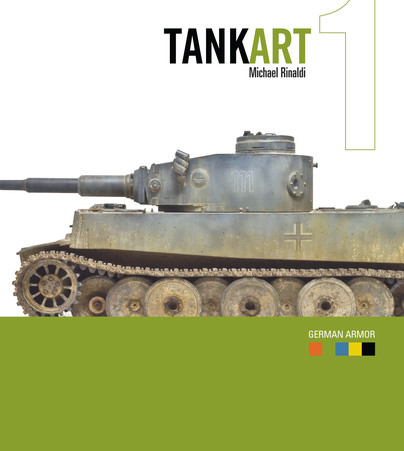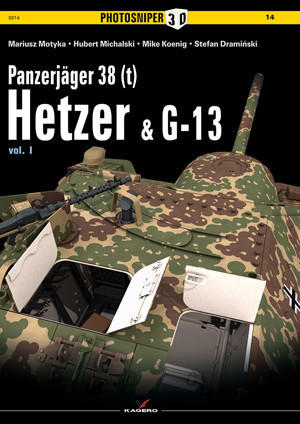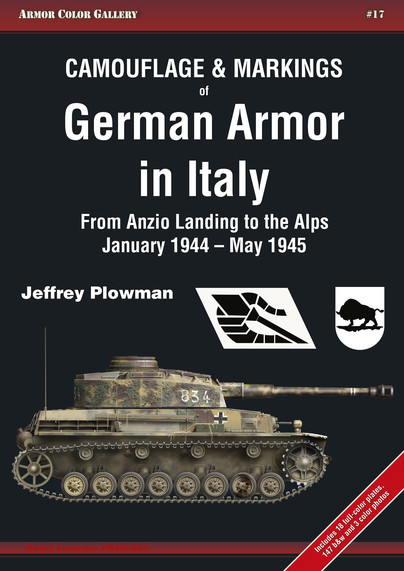
Format: Paperback
Pages: 80
ISBN: 9788360672358
Pub Date: 28 May 2022
Imprint: Model Centrum Progres
Series: Armor Color Gallery
Illustrations: 147 b&w photos, 3 color photos; 18 full color plates of artwork
Description:
Compared to the fighting in Northwest Europe or the epic battles in the Soviet Union, the battles for the possession of the Italian peninsula seem to seem to pale in insignificance. The Allies regarded it as a side-show and the men that fought there were often referred to as the ‘D-Day Dodgers’. The Germans must have regarded it similarly judging by what forces they sent to Italy.

